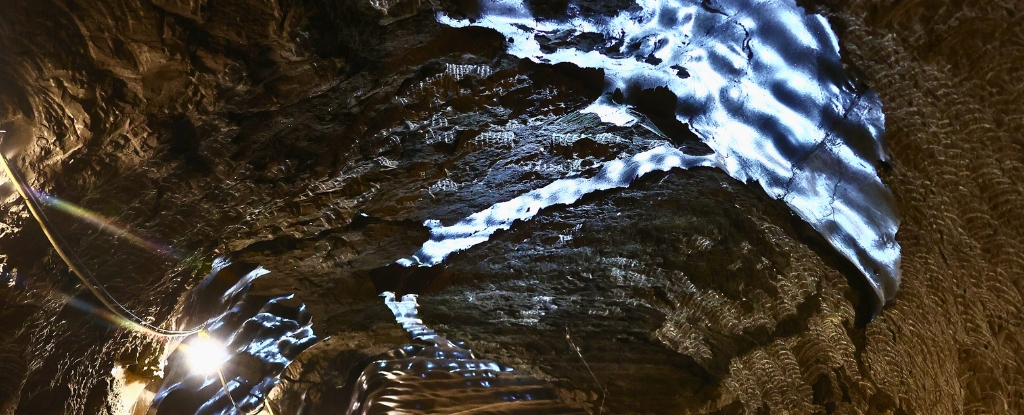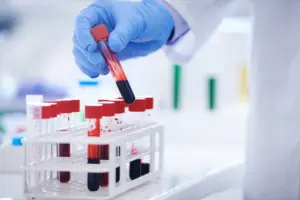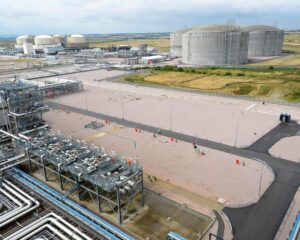
Microbial life that has remained dormant for approximately 40,000 years has been revived from the depths of the Alaskan permafrost. Researchers from the University of Colorado Boulder (CU Boulder) have successfully reawakened these ancient microbes, which were extracted from a military tunnel located at the US Army Corps of Engineers’ Permafrost Tunnel Research Facility.
According to Tristan Caro, a microbiologist and geochemist involved in the study, the microbes are not merely dead samples; they are capable of actively breaking down organic matter and releasing carbon dioxide. This discovery has significant implications for understanding the effects of climate change, particularly as the Arctic permafrost continues to thaw.
Impact of Thawing Permafrost on Greenhouse Gas Emissions
The melting of Arctic permafrost, a layer of frozen soil covering nearly a quarter of the Northern Hemisphere, poses a serious risk as it releases stored greenhouse gases, such as methane and carbon dioxide, into the atmosphere. As the planet warms due to fossil fuel consumption, these previously trapped microorganisms are likely to awaken and consume surrounding decaying organic matter. This process could accelerate climate change by contributing to a feedback loop of emissions.
“It’s one of the biggest unknowns in climate responses,” explains Sebastian Kopf, a geomicrobiologist at CU Boulder. The researchers aim to predict how the thawing of permafrost will affect the ecology of the Arctic and the rate of climate change. The findings indicate that as more microbial life becomes active, the potential for significant greenhouse gas emissions increases.
The research team collected frozen samples from a depth of more than 100 meters (approximately 350 feet) during their study. Back in the laboratory, they simulated conditions reflective of a warmer Alaskan summer by incubating the microbes at temperatures of 3.8°C and 12.2°C (approximately 39°F and 54°F).
Research Findings and Future Implications
Initially, the microbes exhibited sluggish growth, with some strains replacing only one in every 100,000 cells daily. This contrasts sharply with typical laboratory-grown bacteria, which can replace entire colonies in just a few hours. However, after six months of incubation, the permafrost microbes demonstrated a marked increase in activity, suggesting a delayed response to thawing conditions.
This delayed activity indicates that there may be a lag phase between the thawing of permafrost and the subsequent emission of greenhouse gases. Caro emphasizes that the lengthening of the summer season, allowing warm temperatures to extend into autumn and spring, is a critical factor in this process.
The research team’s findings are crucial for predicting how microbial activity and permafrost thawing will influence a warming Arctic. The study has been published in the Journal of Geophysical Research: Biogeosciences, highlighting the importance of continued research in this rapidly changing environment.






